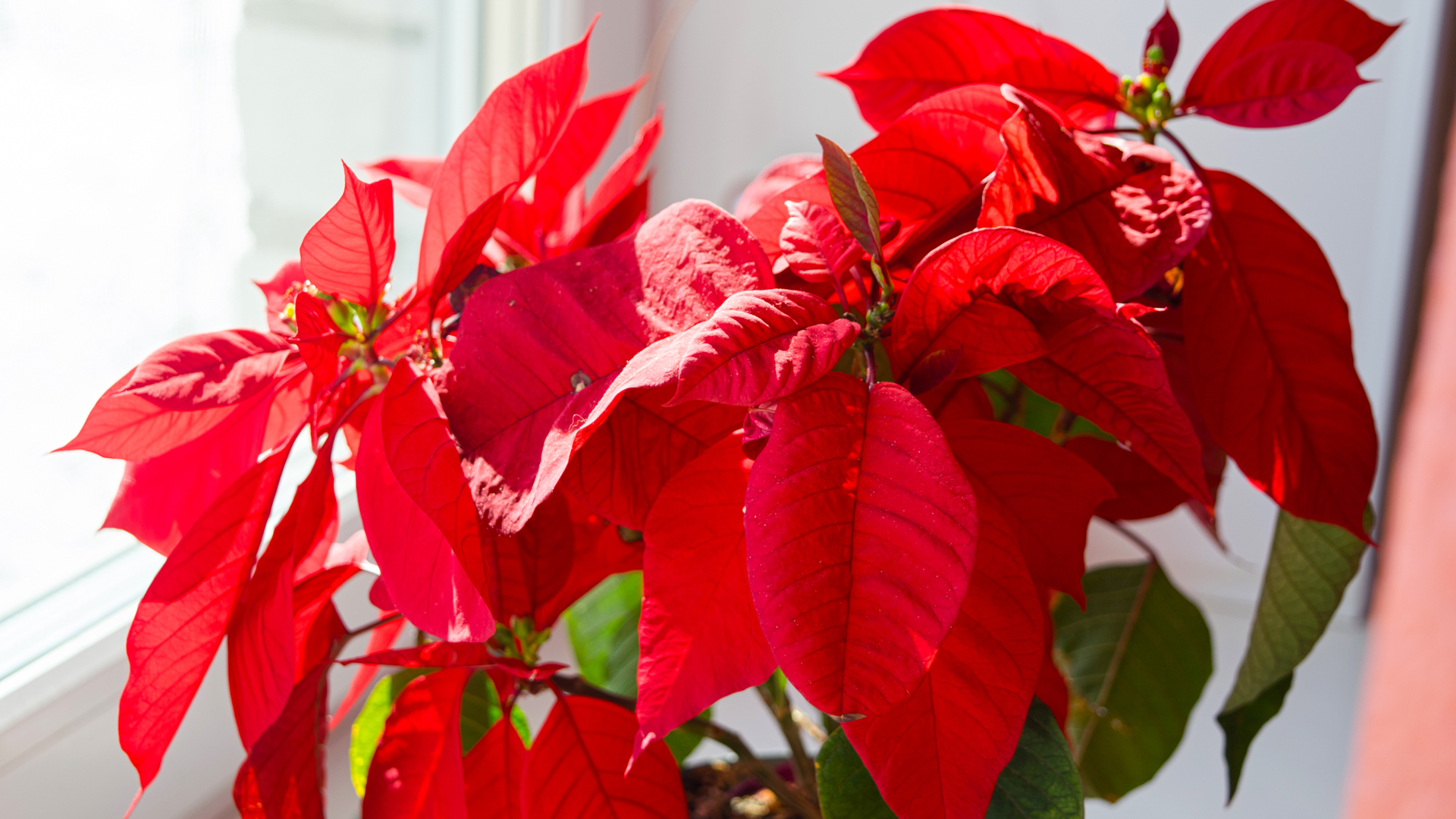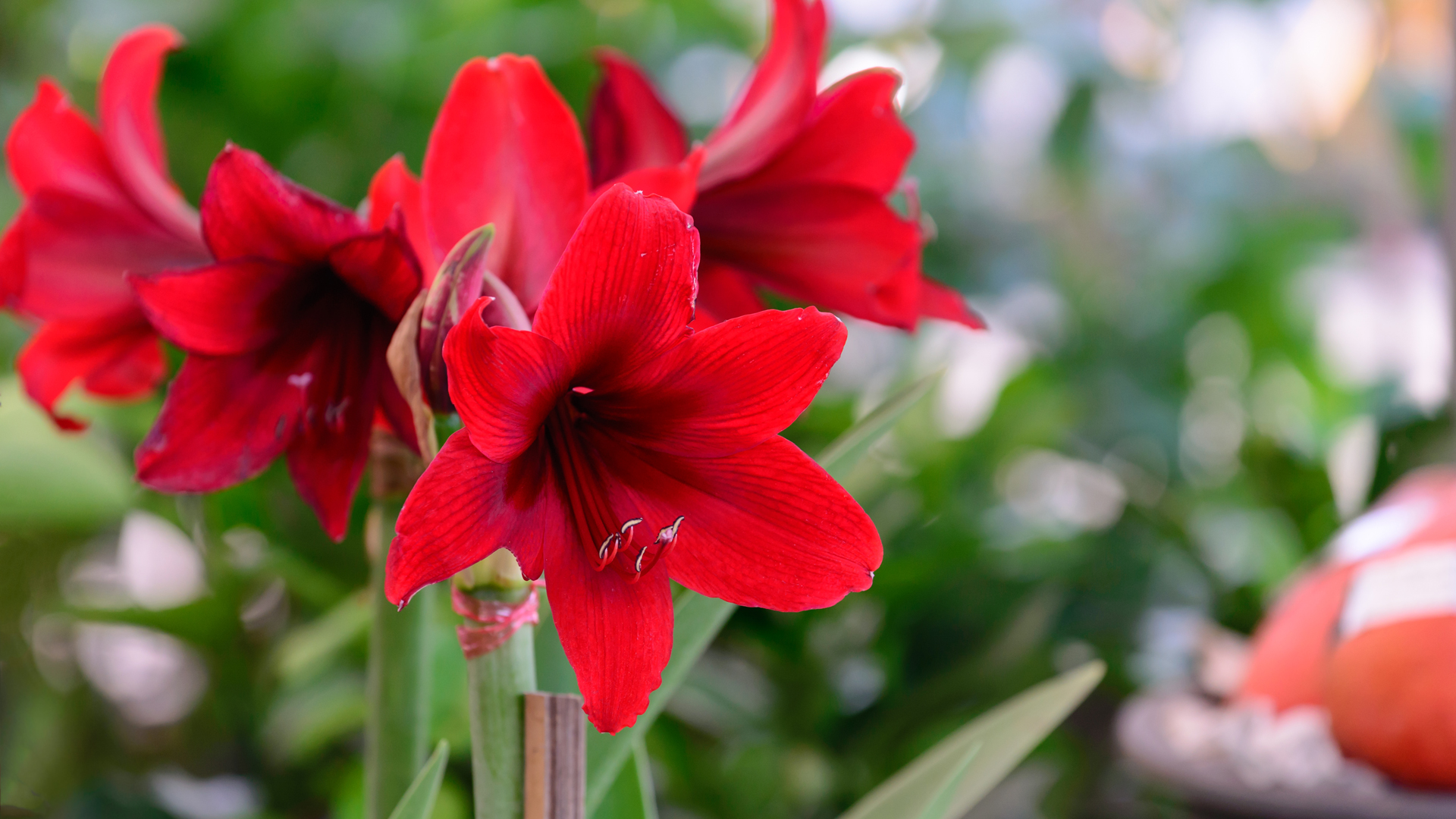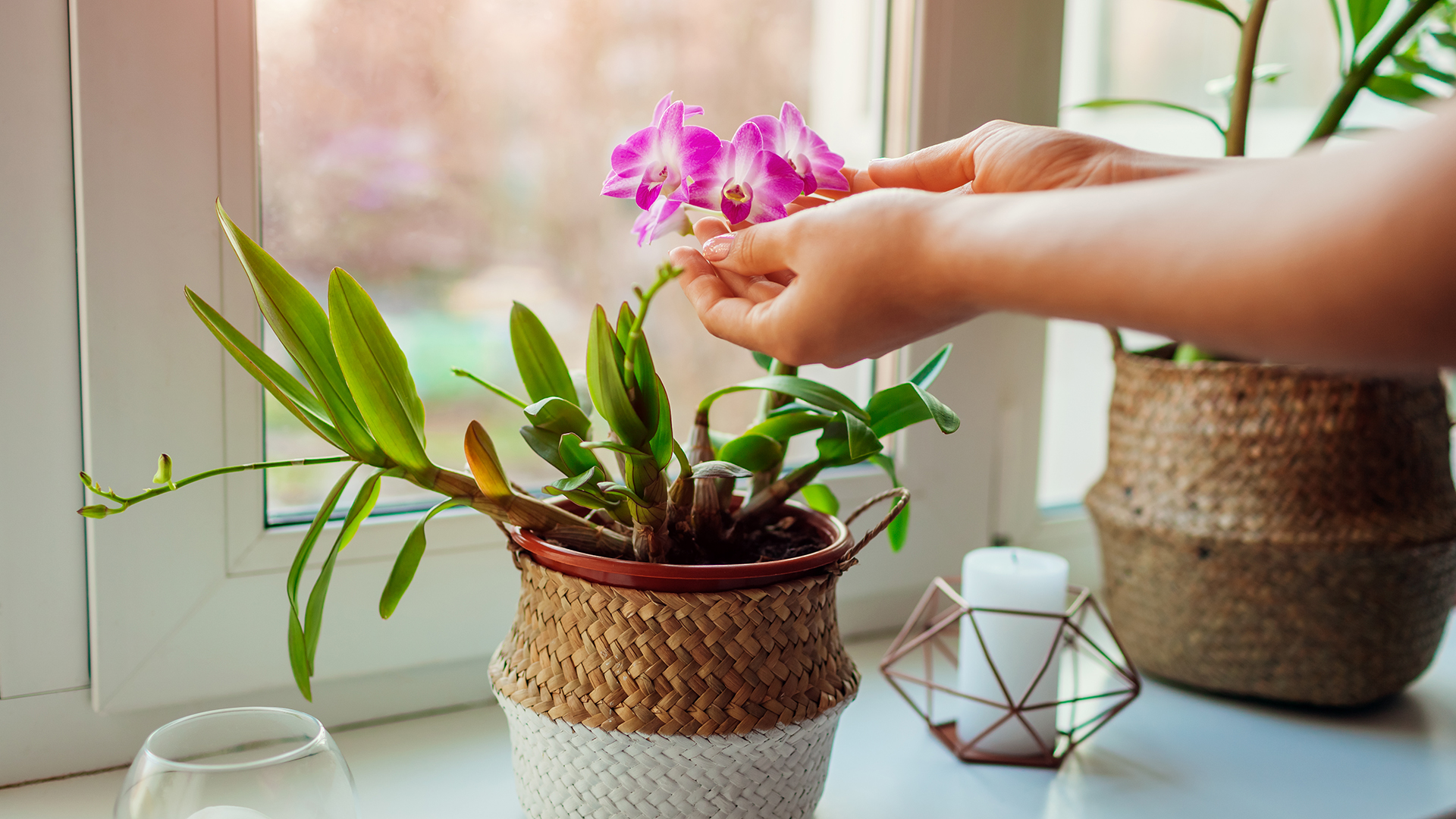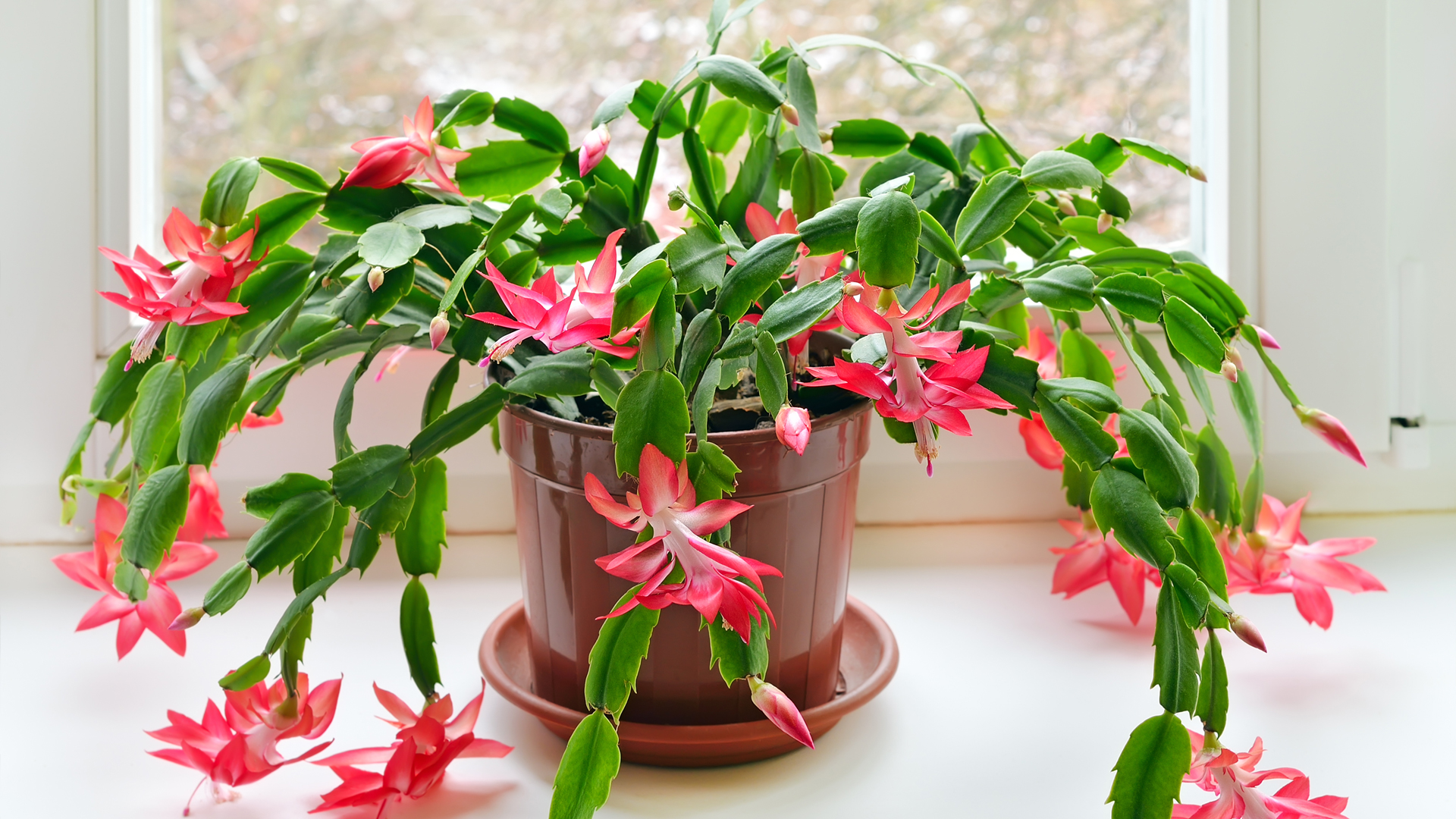Got plants for Christmas? Keep them living long after the season of giving with a few simple tips.
Did you get a plant for Christmas? Are you trying to keep it alive for at least a few weeks? Many of us at one time or another have received a plant from someone who genuinely believes we can care for one.
Don’t despair! Here are some helpful hints to keep that holiday gift alive and healthy for weeks, months and even years.
Poinsettia
Poinsettias are subtropical plants that are native to regions in Mexico along the Pacific coast. They prefer bright light, warm temperatures and evenly moist soils, not too wet and not too dry. Depending on the size of the container, add four to eight ice cubes daily to the top of the container and keep them in bright light, but out of direct sunlight and drafts. Warm or drafty rooms are the death knell to poinsettia.
Poinsettias can be planted in the ground south of downtown San Antonio. Here too, a protected southern exposure that is protected against the wind and moist well drained soils is required. Or, just leave them outside in a container in a sheltered place, water occasionally, and cut the stems back to 6 inches in late March.
Pinch back the tips in August. Cover the plant at night with a large box beginning around Sept. 22 and remove each morning. Poinsettias must have 11-12 hours of darkness to produce blooms.
Fertilize once a month after the blooms drop with a slow release complete fertilizer.

Amaryllis
These beautiful bulbs are very easy to take care of and can live for years. While the bulb is blooming, water the soil when the top 1-2 inches feel dry to the touch. Keep it in bright indirect light. Do not fertilize.
After blooming, remove the flower stalk when it turns yellow and encourage food production by the leaves for storage in the bulb. Stay on the same watering schedule, but fertilize once a month with a balanced slow release fertilizer and keep in sunlight.
Eventually when the leaves turn brown and wither in late summer or when you want the bulb to go dormant, store the bulb in a cool, dark place. Cut any remaining leaves. Place the bulb back in a sunny place 6-8 weeks before the holidays.
Re-pot every 3-4 years in a pot approximately 1 inch larger than the bulb.

Orchids
Most orchids sold as gifts are Phalaenopsis or the moth orchid. These are quite easy to care for if you remember not to overdo anything — that includes watering, fertilizing, sunlight and replanting.
Water only if necessary, but how do you know what is necessary? Take a wooden skewer or sharpened pencil and place into the pot. If it darkens, then no water is necessary. When water is necessary, I have used 2-3 ice cubes to excellent effect. Otherwise, simple tap water is fine, unless you have a water softener. Water very slowly until it proceeds from the bottom, then let it drain thoroughly. Never let it sit in water!
A fun phrase I found in my research is to “fertilize weakly weekly.” I make a batch of fertilizer solution — orchids prefer balanced fertilizer solution rather than solid — according to label directions for a typical once a month application. Then I add three more portions of clean water to the total. Or, I take ¼ off the original and add ¾ portions of clean water. Use this mixture to “fertilize weakly weekly.”
Never place your orchid in direct west facing windows. North facing windows will not have enough light. So, like Goldilocks, an east or south facing window is probably just right.
Finally, repot when the material has decomposed enough to expose roots or when the roots are growing over the sides. I prefer a bark-based media.

Christmas cactus
I gave my mother a Christmas cactus more than 25 years ago and it’s still growing strong in Michigan. If mother Peterson can keep one growing, so can you.
For consistent growth and blooming, the most important factor to remember is that Christmas cacti are from the tropics and require humidity, but not too much water and fertilizer and never during the fall and winter. Follow the “fertilize weakly weekly” suggestion mentioned above.
As with the other plants mentioned, place in bright, indirect light, out of any drafty locations, maintain humidity and, like the poinsettias, begin to increase “night length” around Sept. 22. If you place your cactus outdoors during spring and summer, then keep them out of direct sunlight past noon. A shaded patio would be perfect.



